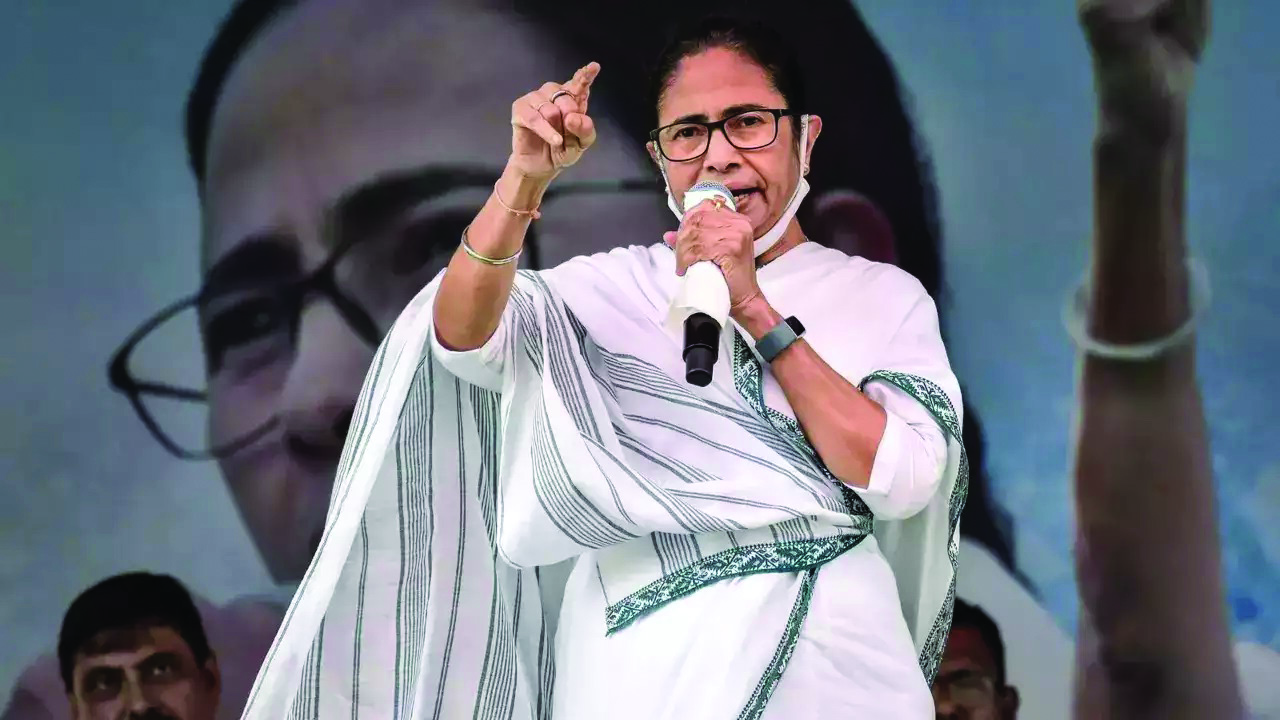Baishali Mukherjee (Kolkata)
The west bengal board of Primary Education recently declared results of the Teacher Eligibility Test (TET), held on December 11, 2022 at 1,460 exam centres across the state. Teachers are being hired for 11,000 vacant posts in 67,699 state government and aided primary schools. TET 2022 was held under tight police vigilance. That’s because teacher recruitment has been hit by several scandals since 2012.
A total of 619,000 candidates — 69,408 female and 81,077 male — wrote the exam. Of the 619,000 who wrote the exam, 150,000 (24.31 percent) including 69,408 women qualified. To ensure transparency, this time around the education ministry uploaded the OMR sheets so all who wrote TET 2022 could see their total marks in detail.
While there is a general sense of jubilation among youth, many of those who wrote the test and qualified are apprehensive about actual recruitment. Many candidates who passed TET 2014 and TET 2017 haven’t been appointed because of high court stay orders. According to a Calcutta high court order, appointment of duly qualified teachers will begin only after all teachers who passed TET 2014 and TET 2017 are appointed.
With TETs not having been held for five years (2018-2022), West Bengal’s unemployment problem has ballooned. Some TET qualified teachers are worried they won’t be appointed because they have crossed the age limit of 40 years.
With teacher appointments continuously disrupted over the past ten years, the condition of government school children is extremely dismal, especially after the 99-weeks lockdown of schools statewide — longest duration countrywide (India average 82 weeks). According to a survey by the West Bengal Samagra Shiksha Mission, despite the state government’s remedial education programme, 25,646 students have dropped out from primary schools statewide after the pandemic.
Meanwhile within West Bengal’s bhadralok (refined middle class), anger is swelling against chief minister Mamata Banerjee for “totally neglecting” government schools during the prolonged Covid shutdown.
The poor condition of public school education in Bengal is confirmed by the Annual Status of Education Report (ASER) 2022 of the independent Pratham Education Foundation. Alarmingly, younger children have been worst hit with only 33 percent of class III children able to read class II-level texts while the percentage of class V students who can read class II-level texts has decreased to 47.1 from 50.5 percent in 2018.
Debasish Dutta, president of the All Bengal Teachers’ Association, says that standards of public school education in Bengal started declining from the very first term of the Mamata Banerjee government which came to power in 2011. Citing IANS (Indo-Asian News Service), Dutta says: “In March 2011, there were 74,717 state-run primary schools in West Bengal. This number declined to 67,699 in March, 2022. The number of children enrolled in state-run primary schools has dwindled from 7.8 million to 7.1 million.”
Somewhat belatedly, the TMC government seems to have taken cognizance of the dismal condition of government schools. In the state Budget 2023-24 the government allocated Rs.45,812 crore for public education — a 10 percent rise over Budget 2022-23. This year’s Budget was presented on February 15 by minister of state for finance Chandrima Bhattacharya — a bona fide academic. The higher allocation has been welcomed by the academic community. However, many are sceptical about expenditure efficiency.
